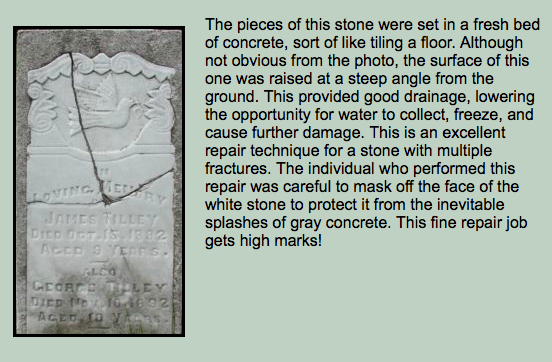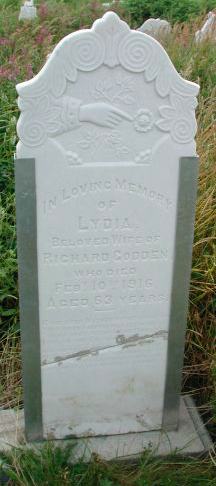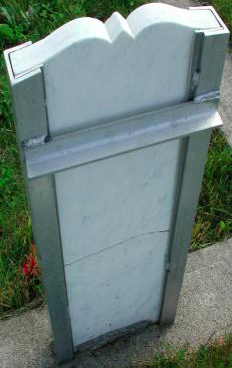Walking into Victoria’s Jewish cemetery for the first time anyone can tell that it’s a place that holds countless stories into Victoria’s history. With the cemetery’s official opening dating back to 1860 multiple burials found within its gates were influential members in Victoria’s past. But along with age comes the inevitable degradation that time and environment bring to natural spaces, and cemeteries are no where near immune to these factors. After our first visit we noticed that countless headstones had been placed flat onto a cemetery base with their faces towards the sky. A lot of the burials that donned this identifier had headstones with cracks through the stone. We learnt later on that this is a conservation method for at risk or damaged gravestones, making sense of the common trait of cracks in the headstones that have been laid in a cement base. That got us thinking about what other techniques can be applied to conserve gravestones. There are countless sites, programs, and videos on the internet that provide insight into gravestone repairs. We gathered our information from stonepics.com, an online project that photographed and indexed the cemeteries, headstones, and monuments of Newfoundland, Canada. They also provide countless examples and photos of conservation techniques that were used in multiple cemeteries around the province helping to broaden our understanding.

Source from: https://www.google.com/url?q=http://www.stonepics.com/newfoundland_cemeteries/repair.htm
The above image shows almost the exact preservation technique that is used in the Jewish cemetery in Victoria. Unfortunately whoever did the conservation work here did not place the headstones at an angle in the cement which allows the rain and water from the sprinklers to pool on top of the gravestone which corrodes the inscription and general stone with passing time, but at least the chances of the stone cracking have been lowered.
There are countless other ways that gravestones can be repaired depending on the particular stone used and the resources available, but from what we saw in the Jewish cemetery the most common –if not only– method in use is laying the headstones flat on the grave to avoid the impending breakage of the stone. This conservation technique would no doubt be another story if the majority of the headstones that underwent this process were granite, but from observation it seems that the most common headstones that have been placed face up are made of marble which is quite soft for a stone. Having the inscription facing towards the sky and the inevitable onslaught facilitates the degradation of the stone. From the Stonepics website they determined that the best way to preserve the headstones in the case of Newfoundland was with aluminum bracing on either side and to leave the headstone standing (view below photos). If this form of preservation was implemented in the Jewish cemetery of Victoria, BC there’s a chance the rain and sprinkler water would not cause so much damage and the cracking should be remedied.
The preservation of headstones is directly related to our field school. We have specifically gone into the cemetery to record data and assess possible risks that the graves may face and the best practices to keep them maintained. We believe that it’s never too early to preserve history, but it can be too late. Preserving graves and cemeteries are a large part of maintaining the history of a place, don’t let them be forgotten.

